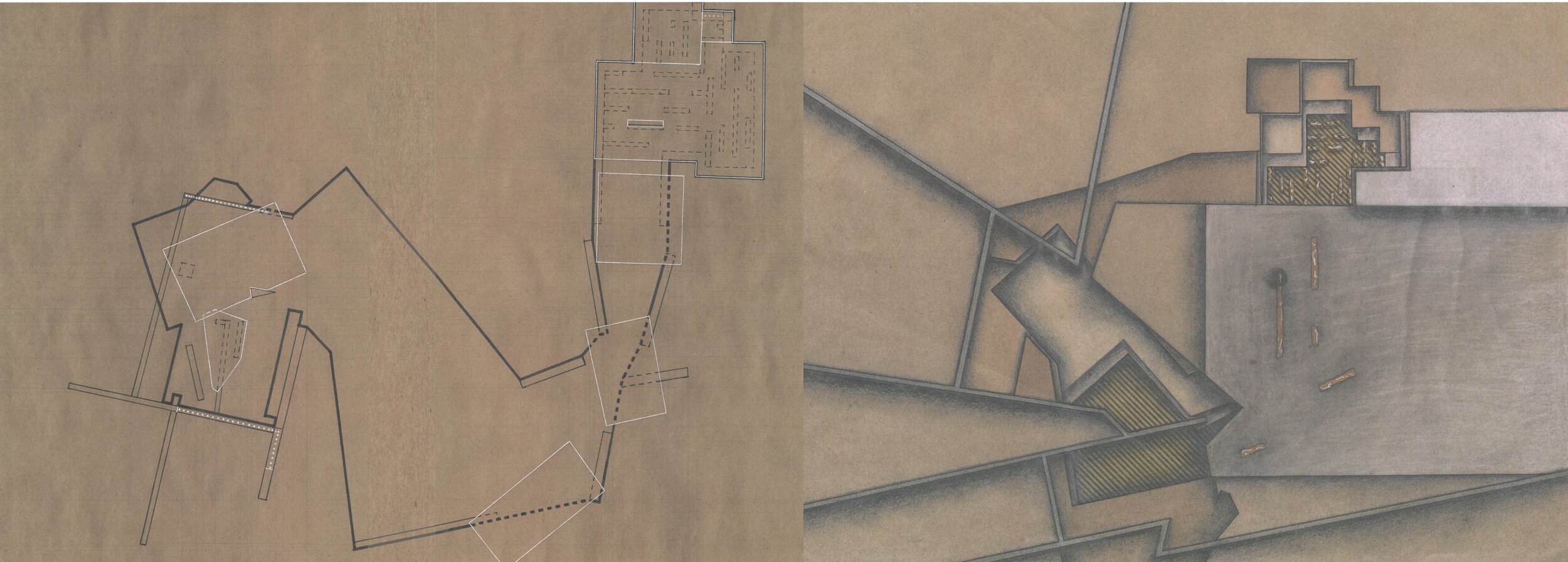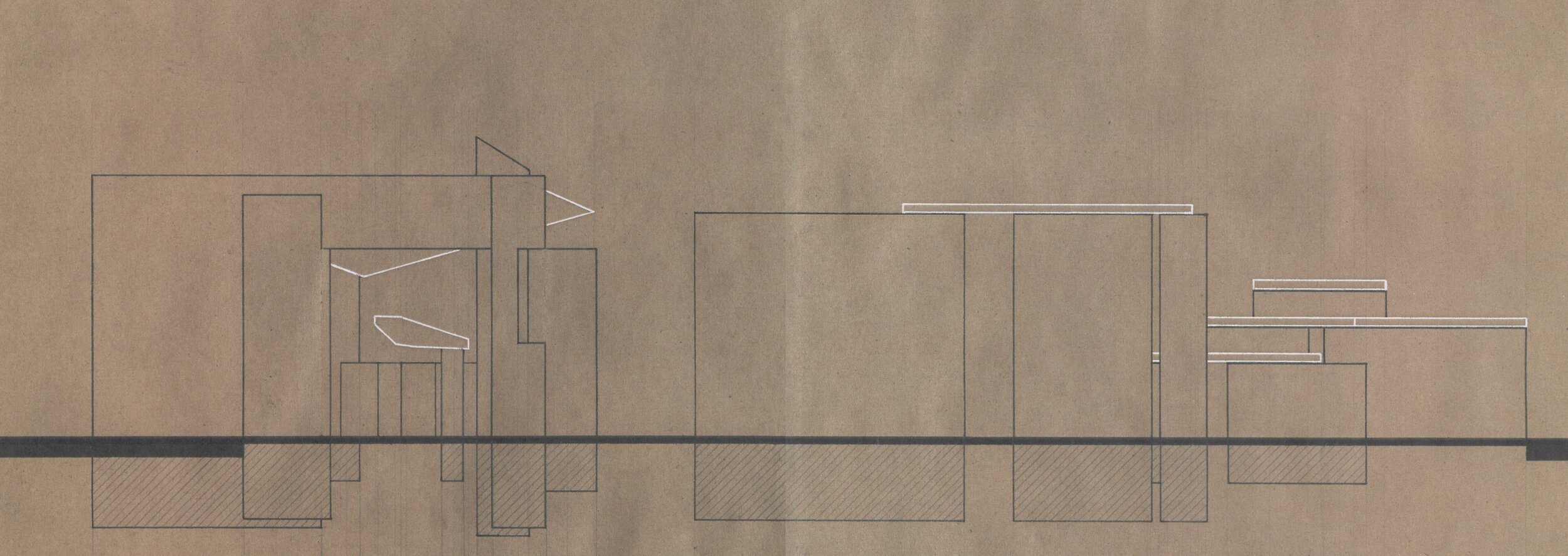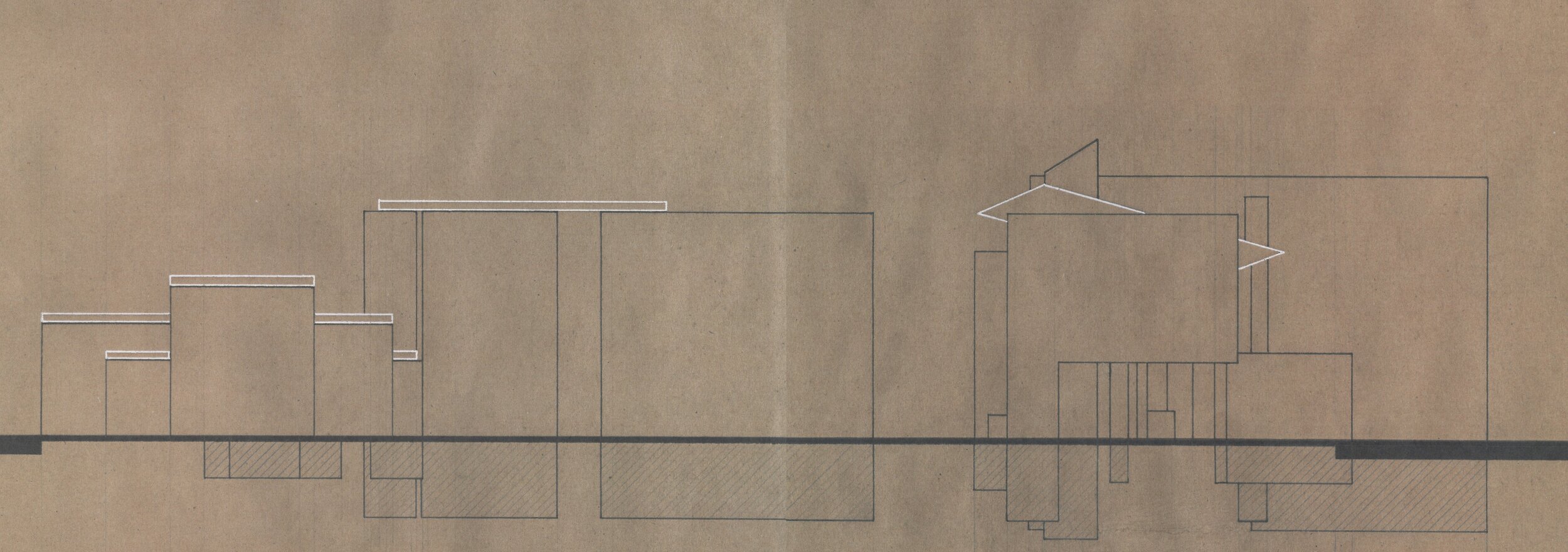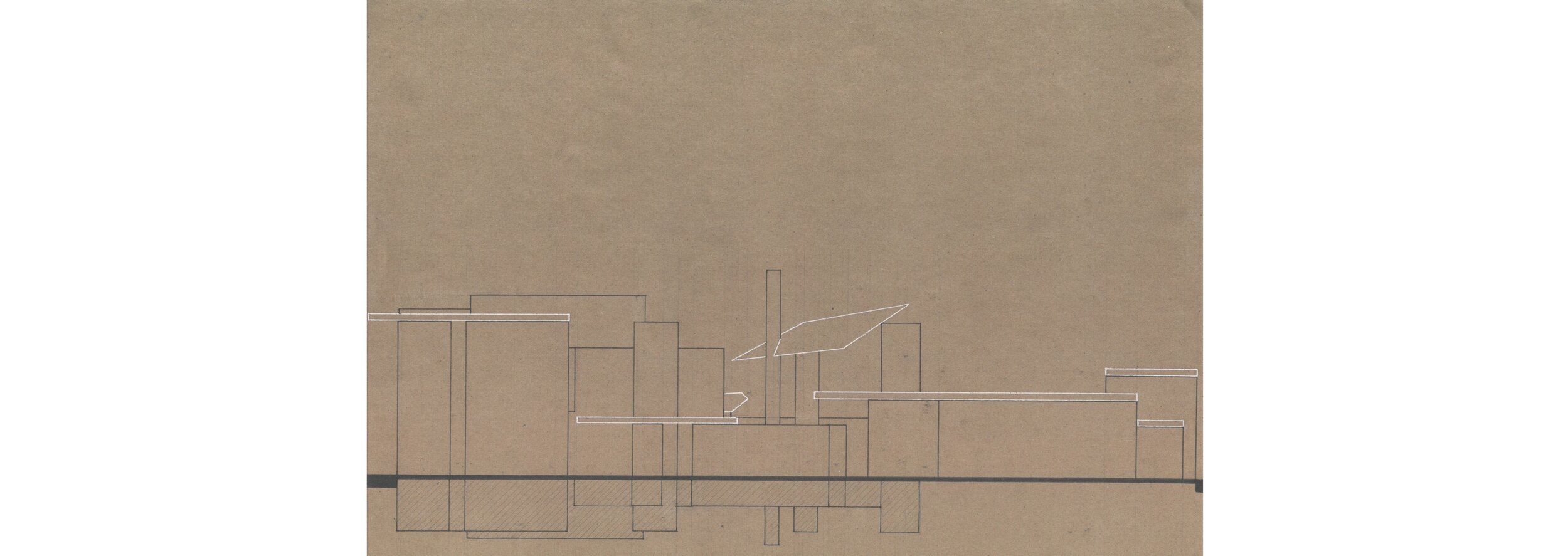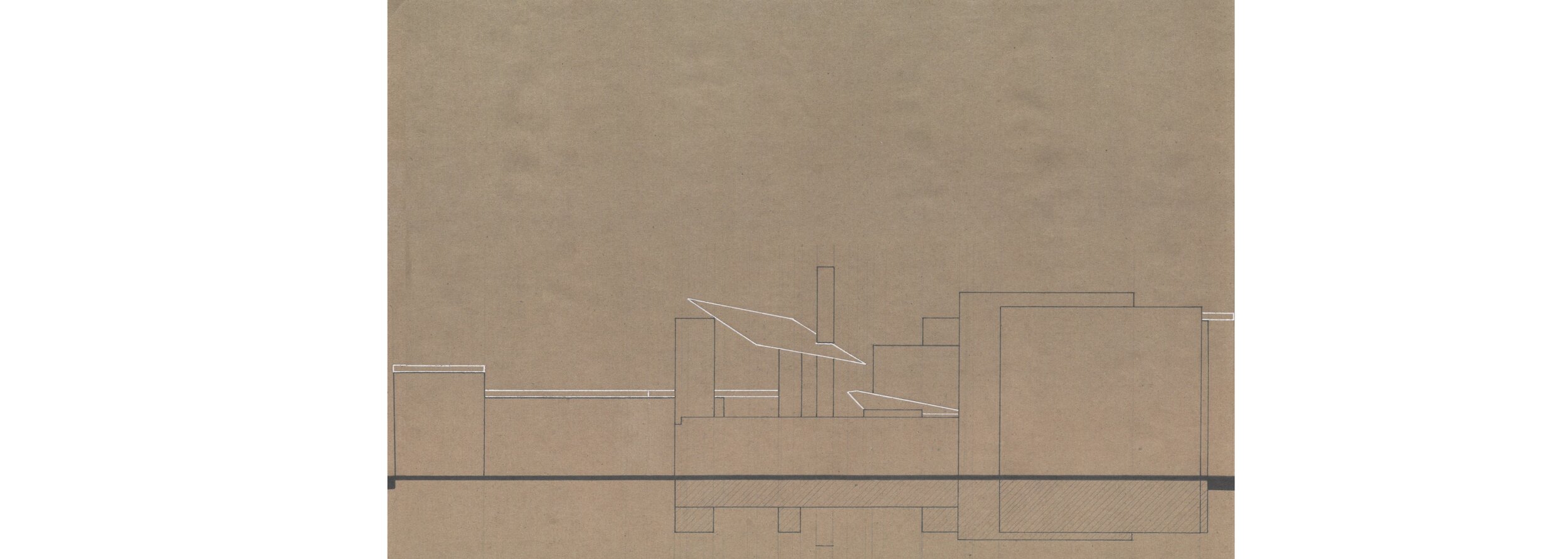Crossroads of Freedom
During my second studio we were asked to design a memorial that embodied the ideals of a civil rights activist (Frederick Shuttlesworth) and the story of a refugee’s life (Sahara) while staying in the guidelines for the Crossroads of Freedom 2017 International Competition: Making and installing one spatial form and three artistic installations inspired by the idea of freedom in the broad sense of the word, of high artistic value, that will be put in the public space of Gdańsk.
Frederick Shuttlesworth originally Fred Lee Robinson, was born on March 18, 1922, and died on October 5, 2011. He was a U.S. civil rights activist who led the fight against segregation and other forms of racism as a minister in Birmingham, Alabama. He was one of the co-founders of the Southern Christian Leadership Conference. He was also initiated and was very influential in the 1963 Birmingham Campaign. He continued to work against racism and for improvement of the problems of the homeless in Cincinnati, Ohio, where he became a pastor in 1961. He returned to Birmingham after his retirement in 2007. He helped Martin Luther King Jr. during the Civil Rights Movement and in 2008 The Birmingham-Shuttlesworth International Airport was named after him in his honor.
Sahara was born in Somalia in East Africa. When she was 16 she witnessed her parents' violent death and was alone with only her grandmother. Her grandmother took her to the shores of Djibouti – a two-month walk – where they boarded an overcrowding ship that was on track to Yemen. However, on the route to Yemen, the ship broke down. Eventually, the ship that Sahara and her grandmother were on was found by another ship and was able to reach the coast. They slept and begged in the streets, depending entirely on others, until a refugee camp took them in. Sahara eventually got a job as a servant and she was able to take care of herself and her grandmother. Due to the long journey, her grandmother’s health was rapidly declining and eventually, she passed away leaving Sahara on her own once again. She met a man who wanted to marry her who was a recovery. They got married and bought a house in the capital of Yemen. They had three daughters and while Sahara was pregnant with their fourth when her husband filed for divorce. Alone once again with four children and not able to support herself she contacted the UNHCR for help and was chosen out of hundreds of refugees and migrated. She told people that the decision to leave was a very easy one just as it was easy for her grandmother to take her and leave when she was 16.
The way these two figures inspired the design of this memorial move from left to right. Frederick had to deal with many struggles as he faced and battled against segregation and racism. Parts of the memorial (left) are crooked and stretched and do not making sense but open up to a clear open area. This represents the feeling and hardship that Shuttlesworth was going through all those years he was an activist until his retirement. On the opposite side (right) there is a room full of walls very closely packed together to give anyone entering the overwhelming sensation of claustrophobia and being alone because the movement is hindered to very few people. This is to recreate the feeling that Sahara had while she was on her journey to Yemen. This room opens to a small courtyard that gradually expands to a large open space that is full of opportunity.
